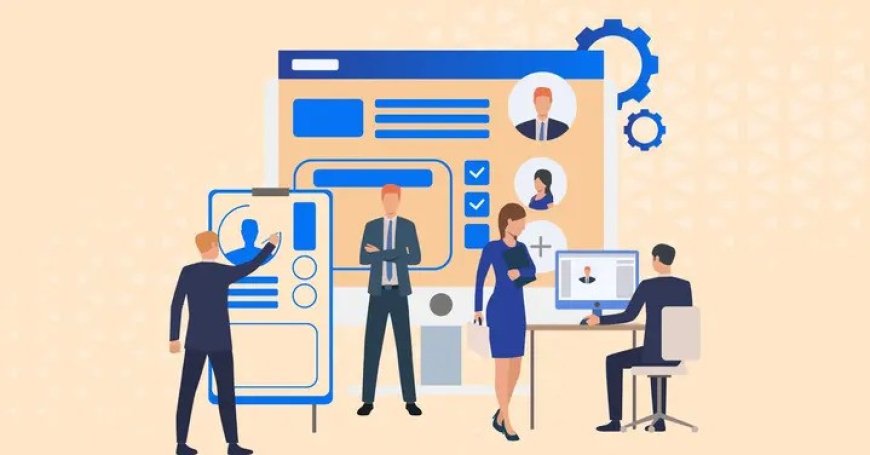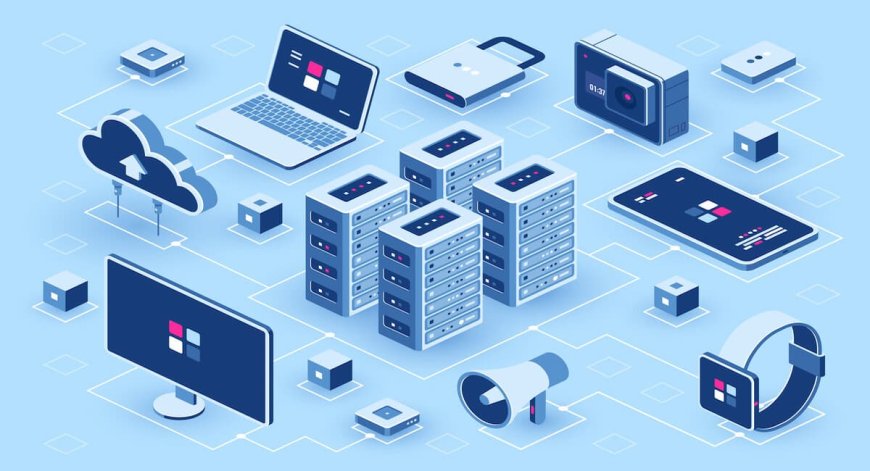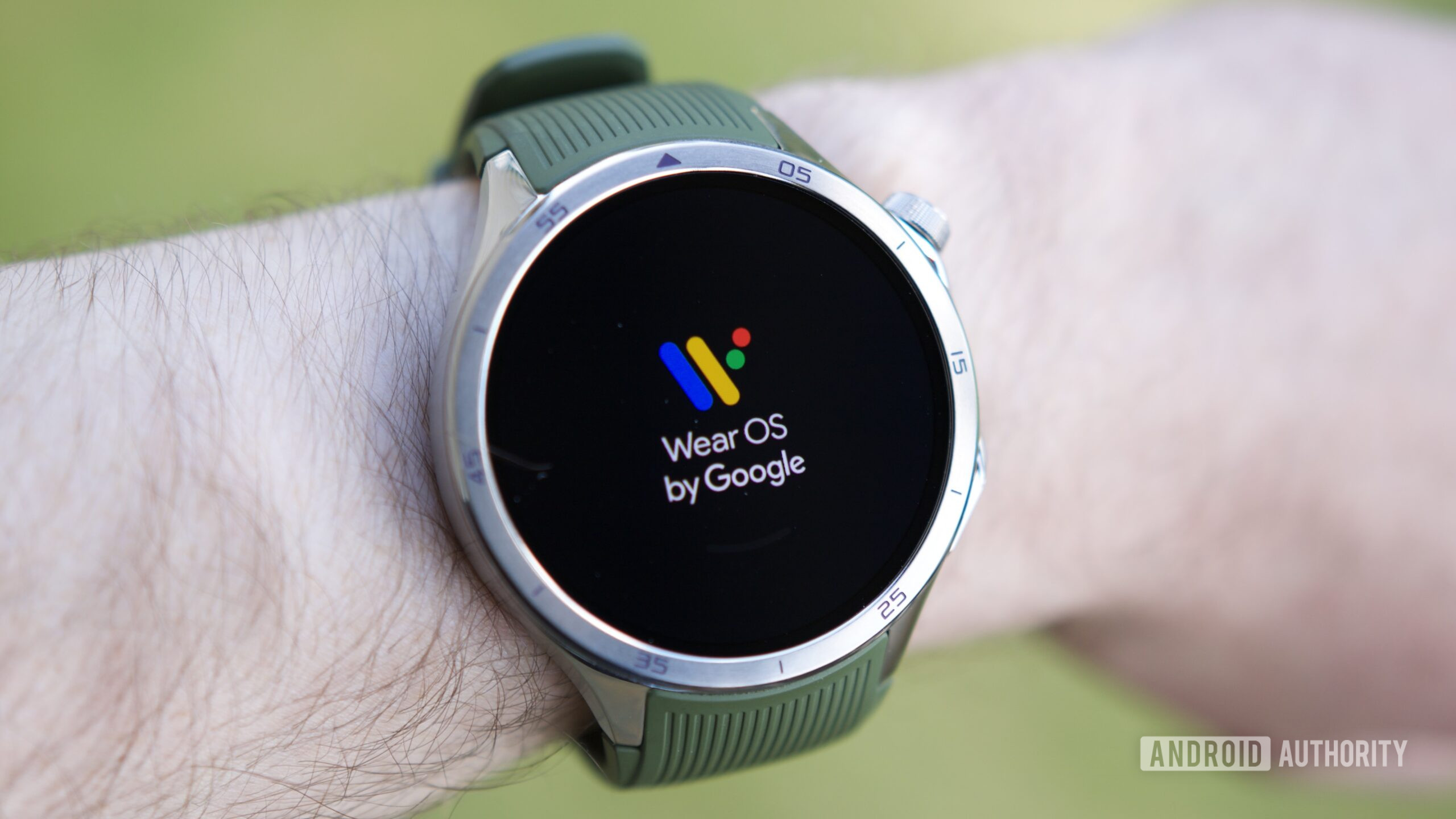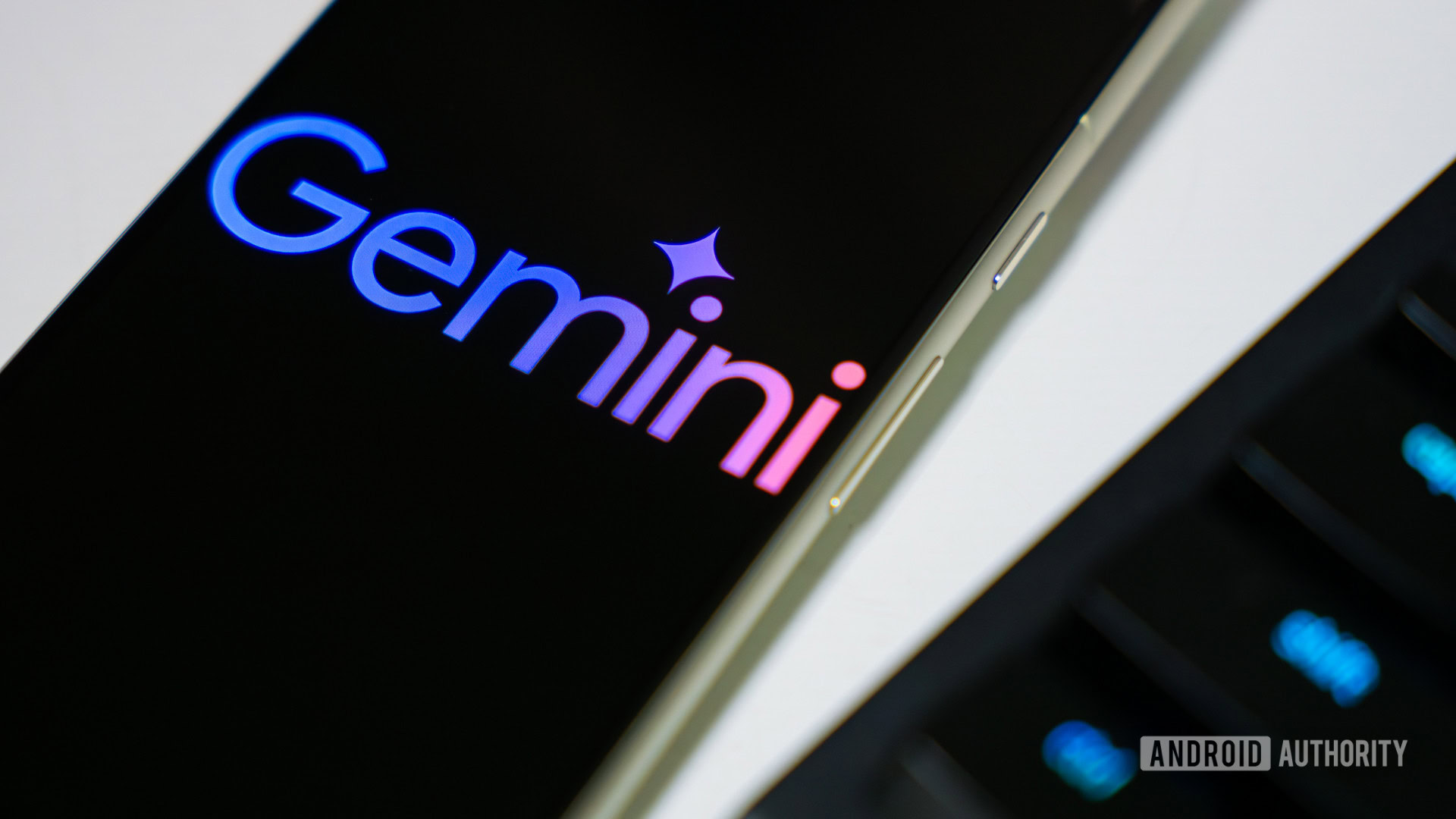Staffing Software: Revolutionizing Recruitment for Businesses
Companies are turning to staffing software to streamline their recruitment processes, improve efficiency, and stay ahead of the competition.


In today’s fast-paced business world, finding the right talent is more challenging than ever. Companies are turning to staffing software to streamline their recruitment processes, improve efficiency, and stay ahead of the competition. Whether you’re a small business or a large enterprise, staffing software can significantly enhance the way you hire, making it easier to manage applicants, track performance, and engage candidates. Let’s dive into what staffing software is, its benefits, and how it’s changing the future of recruitment.
What is Staffing Software?
Staffing software is a specialized tool designed to automate and manage various aspects of the recruitment process. It helps companies post job openings, track applicants, schedule interviews, and even onboard new hires—all from one platform. By automating these tasks, staffing software saves time and allows HR teams to focus on making better hiring decisions.
Types of Staffing Software
There are different types of staffing software, each focusing on a specific area of recruitment. Understanding the variety helps businesses choose the best tool for their unique needs.
1. Applicant Tracking System (ATS)
Best applicant tracking system is one of the most common types of staffing software, designed to help recruiters manage applications and track candidates through each stage of the hiring process.
2. Recruitment Management System (RMS)
An RMS is a more comprehensive tool, offering features like interview scheduling, team collaboration, and automated communication with candidates.
3. Onboarding Software
Onboarding software ensures a smooth transition for new employees by automating tasks like document collection, compliance checks, and training.
4. Shift Scheduling Software
For industries with shift-based work, scheduling software helps manage employee availability and ensures the right people are scheduled at the right times.
Key Features of Staffing Software
Staffing software is packed with features that make recruitment more efficient. Here’s a look at some of the key functionalities to consider:
1. Job Posting Across Multiple Platforms
Staffing software allows recruiters to post job openings on multiple job boards and social media platforms simultaneously, increasing the reach to a broader pool of candidates.
2. Resume Parsing
This feature automatically extracts information from resumes and categorizes candidates based on their skills, experience, and qualifications, speeding up the review process.
3. Automated Interview Scheduling
Gone are the days of back-and-forth emails to schedule interviews. Staffing software allows candidates to select interview times based on the recruiter’s availability, making the process smoother for everyone.
4. Workflow Customization
Every business has unique hiring processes, and staffing software allows for customizable workflows that adapt to specific needs, ensuring a more tailored experience.
5. Integration with Other HR Tools
Seamless integration with other HR systems, like payroll and employee data management tools, ensures that the recruitment process is fully aligned with overall HR functions.
The Benefits of Staffing Software
Implementing staffing software can lead to multiple benefits for businesses, from faster hiring processes to improved candidate experiences. Let’s explore some of the key advantages:
1. Time Efficiency
Automating time-consuming tasks such as resume screening, interview scheduling, and communication reduces the workload on HR teams, allowing them to focus on strategic decisions.
2. Improved Candidate Experience
A streamlined process ensures that candidates receive quick responses and updates, which contributes to a positive impression of the company.
3. Enhanced Collaboration
Staffing software allows different team members to collaborate easily, share notes on candidates, and make informed decisions based on real-time data.
4. Data-Driven Hiring Decisions
With detailed reports and analytics, staffing software enables businesses to make informed decisions by analyzing metrics such as time-to-hire, cost-per-hire, and source of hire.
The Role of AI in Staffing Software
Artificial intelligence (AI) is a game changer in the recruitment industry. Modern staffing software leverages AI to enhance the hiring process in multiple ways:
1. AI-Driven Candidate Screening
AI can quickly analyze resumes and match candidates to open positions based on their skills and qualifications, reducing the chances of overlooking top talent.
2. Predictive Hiring
AI-based predictive analytics help identify candidates who are most likely to succeed in a given role, reducing turnover and increasing retention.
3. Chatbots for Recruitment
AI-powered chatbots can handle initial interactions with candidates, answering questions, providing updates, and even conducting pre-screening assessments.
Cloud-Based vs. On-Premise Staffing Software
When it comes to deployment, businesses can choose between cloud-based and on-premise staffing software. Each option has its own pros and cons.
1. Cloud-Based Staffing Software
Cloud-based software is hosted online, offering the flexibility to access it from anywhere. It is scalable and often more affordable for small to medium-sized businesses, with subscription-based pricing models.
2. On-Premise Staffing Software
On-premise software is installed on a company’s internal servers, providing more control over the system. However, it requires higher upfront costs and ongoing maintenance, making it more suitable for larger organizations.
How to Choose the Right Staffing Software
With so many options available, selecting the right staffing software can feel overwhelming. Here are some factors to consider when making your decision:
1. Company Size
The size of your business will determine the type of software you need. Larger companies may require more comprehensive tools with advanced features, while smaller businesses might prioritize affordability and ease of use.
2. Budget
Consider the total cost of ownership, including upfront costs, subscription fees, and any hidden expenses like maintenance or upgrades.
3. User Interface
A user-friendly interface is crucial to ensure that your HR team can quickly adapt to the new software and use it effectively.
4. Support and Training
Ensure that the software provider offers adequate training, customer support, and resources to help your team get the most out of the platform.
Top Staffing Software Solutions for 2024
Here are some of the leading staffing software platforms to consider for 2024:
1. Greenhouse
Greenhouse is a top ATS with powerful tools for applicant tracking, interview scheduling, and onboarding. It’s perfect for larger enterprises seeking a comprehensive solution.
2. Workable
Workable combines AI-driven candidate sourcing with an intuitive interface, making it an excellent choice for small and mid-sized businesses.
3. JazzHR
JazzHR is a cost-effective option designed for small businesses. It offers essential features like job posting, applicant tracking, and interview scheduling.
Challenges of Implementing Staffing Software
Implementing staffing software can present a few challenges, particularly for businesses transitioning from manual processes:
1. Initial Costs
Both cloud-based and on-premise software require upfront investment, and training may add to the initial costs. However, these expenses are offset by the long-term efficiency gains.
2. Resistance to Change
Employees may resist adopting new technology, especially if they’re accustomed to traditional methods. Proper training and support can help ease this transition.
Future Trends in Staffing Software
Staffing software is constantly evolving, and here are some exciting trends that will shape the future of recruitment:
1. AI and Automation
AI and automation will continue to drive improvements in staffing software, offering even greater efficiency in screening candidates, predictive analytics, and chatbot communication.
2. Mobile Recruiting
As more job seekers turn to their smartphones for job applications, staffing software is optimizing mobile interfaces to provide a seamless user experience.
3. Social Media Integration
Recruiters are increasingly leveraging social media to find and engage with candidates. Staffing software is integrating with platforms like LinkedIn to streamline social recruiting.
Conclusion
Staffing software has transformed the recruitment landscape by automating tedious tasks, improving collaboration, and providing data-driven insights for smarter hiring decisions. As businesses continue to adopt these technologies, the future of recruitment looks more efficient and candidate-friendly than ever.
FAQs
1. What is staffing software?
Staffing software automates the recruitment process, handling tasks like job posting, resume screening, and communication with candidates.
2. How does AI improve recruitment processes?
AI enhances recruitment by automating resume screening, offering predictive analytics, and engaging candidates through chatbots.
3. What’s the difference between cloud-based and on-premise staffing software?
Cloud-based software is accessible online, offering flexibility and scalability, while on-premise software is hosted internally, offering more control but at higher costs.
4. Can staffing software enhance the candidate experience?
Yes, it streamlines communication and scheduling, ensuring faster responses and a more organized recruitment process for candidates.
5. How do I choose the right staffing software for my business?
Consider your company’s size, budget, the software’s features, and ease of use, as well as its ability to integrate with other HR tools.
What's Your Reaction?
 Like
0
Like
0
 Dislike
0
Dislike
0
 Love
0
Love
0
 Funny
0
Funny
0
 Angry
0
Angry
0
 Sad
0
Sad
0
 Wow
0
Wow
0



















































